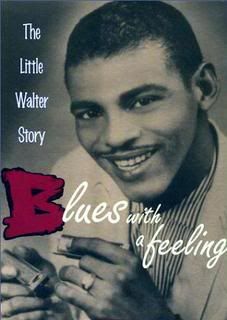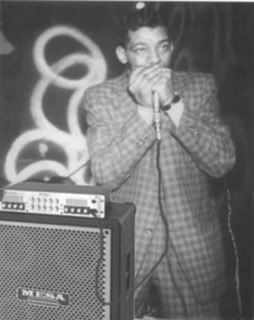Jay
Practically Family
- Messages
- 920
- Location
- New Jersey
I used to listen to the blues, just like any other style of music, but this got me to love the blues. I'm hooked now.
http://www.youtube.com/watch?v=k_rd8y8A2oE
http://www.youtube.com/watch?v=k_rd8y8A2oE




